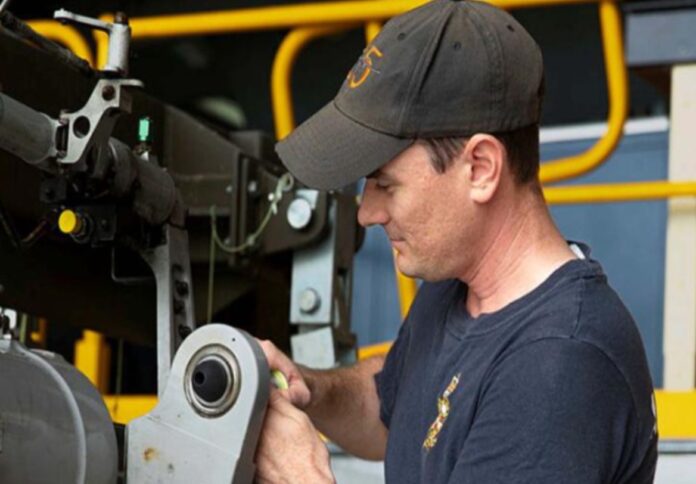
A group of inventive aviators from the 35 Squadron Innovations Cell has designed a series of new tools, including lockout tools, bullets, and hydraulic pump locks, to aid in the maintenance of the C-27J Spartan aircraft.
In particular, Corporal Michael Niemiec, a member of the innovation cell, used the ‘Fusions 360’ program to create a misfitting supply tool, and after two 3D printing attempts, the third one was reported successful.
A locally manufactured tool standing instruction allows the tool to be used on aeroplanes, and it now better fits to prevent tension on control wires during the repair, as revealed by the Australian defence government.
“It’s very satisfying creating something useful, and it’s pretty cool I can bring a tool back into work I created at home and see it used on the aircraft,” Corporal Niemiec said.
The innovation cell was formed to assist the squadron by turning ideas into reality, and Corporal Niemiec stated that their success was motivated by a desire to serve others.
Corporal Benjamin Scholl of Human Performance Assessment, on the other hand, saw how a bolt may inflict damage after seeing a landing gear removed.
Before the final main landing gear bullet was manufactured, five prototypes were created to prevent damage to the airframe when undercarriage pins are embedded.
Meanwhile, Corporal Joshua O’Hara, who works in the quality section and has an interest in 3D printing, laser cutting and modelling software, has helped create a lockout tool to stop a hydraulic pump from accidentally being turned while maintainers replenishing the hydraulics.
“You can’t get caught up in your own limitations, and you need the ability to think outside the box but do things within regulations,” Corporal O’Hara shared.
He went on to say, “We’re all technicians, we’re all here to solve problems and get aircraft flying.”
Wing Commander David Torrington, the 35 Squadron’s commanding officer, was pleased that the team’s members had decided to investigate the potential of 3D scanners and printers.
“Most impressively, these aviators have used their own personal learning, time and resources to undertake these tasks,” he said.
Established in 2019, The cell aims to foster bottom-up innovation that may provide immediate benefit to the squadron.



















